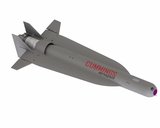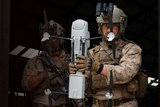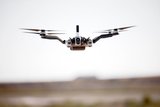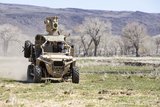Liquid Robotics has signed a multi-year agreement with the National Oceanic and Atmospheric Administration (NOAA’s) Office of National Marine Sanctuaries (ONMS) for the protection of marine sanctuaries in the Pacific, the company announced on 17 October.
Under the agreement, Liquid Robotics and ONMS Pacific Islands Region (PIR) will develop solutions to help preserve the Hawaiian and American Samoa marine sanctuaries and monuments using the Wave Glider USV.
Wave Glider is Liquid Robotics' autonomous surface ocean robot. The system will conduct environmental monitoring and surveillance of diverse and endangered underwater ecosystems in the area, aiming to help address long-term monitoring and scientific data collection gaps that cannot be economically filled with traditional research assets.
The use of autonomous systems and services to expand NOAA’s ONMS current resources will help evaluate the increasing threats posed by illegal, unreported and unregulated fishing, water quality and marine debris, coral reef damage and bleaching, and climate change.
The partnership will provide services to the National Marine Sanctuary System’s six sanctuary units, as well as NOAA’s National Ocean Service, the State of Hawaii and the Territory of American Samoa, the Humpback Whale National Marine Sanctuary, National Marine Sanctuary of American Samoa, Papahānaumokuākea Marine National Monument and remote Northwestern Hawaiian Islands.
Wave Glider






















